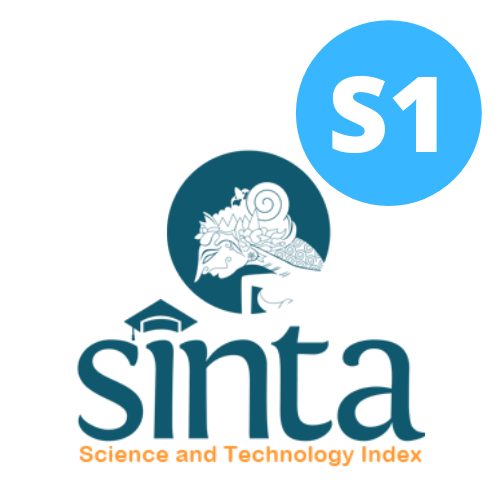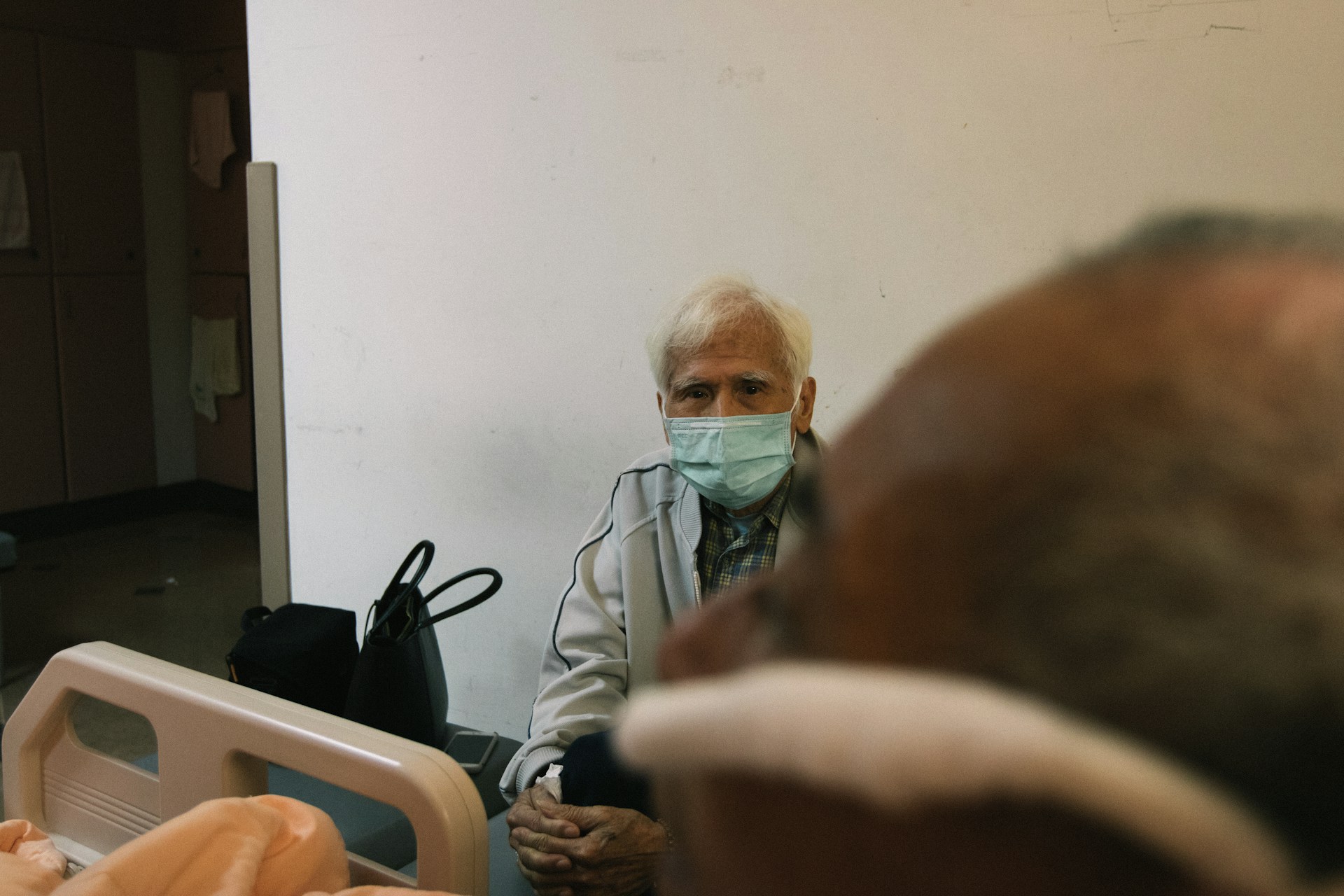The Relationship between Nutrition Literacy and Nutrition Knowledge with the Incidence of Stunting: A Scoping Review
Hubungan Literasi Gizi dan Pengetahuan Gizi terhadap Kejadian Stunting: A Scoping Review

Background: Globally, the incidence of stunting in children under five has declined over the past few decades. However, there are regional and in-country disparities. In Indonesia, the prevalence of stunting increased from 25.7% to 30.8% between 2013 and 2018. This upward trend is associated with negative consequences such as reduced academic potential, increased risk of noncommunicable diseases, increased healthcare costs, and reduced productivity. Maternal nutrition literacy is a contributing factor to stunting. Therefore, strengthening maternal nutrition literacy can help reduce stunting.
Objectives: This study aims to examine the relationship between maternal nutrition literacy and maternal nutrition knowledge with the incidence of stunting in children under five.
Methods: The literature search was conducted using databases, namely PubMed, Scopus, and ScienceDirect, and followed the Preferred Reporting Items for Systematic Reviews and Meta-Analyses (PRISMA) and Population, Intervention, Comparison, Outcome, and Study Design (PICOS) frameworks.
Discussion: Only 13 out of 630 articles were eligible. Among them, four articles showed a significant correlation between nutrition knowledge and literacy with the incidence of stunting in lower-middle-income countries. In upper-middle-income countries, seven articles showed a significant correlation between nutrition literacy and knowledge with the incidence of stunting.
Conclusions: There is a significant relationship between nutrition literacy and nutritional knowledge with the incidence of stunting. Nutrition literacy and knowledge can be related to infant and young child feeding, selection and preparation of nutritional and healthy foods, child growth and development, stunting prevention, access to health services, food security, and traditional food nutrition knowledge.
Prasadajudio, Mirari, et al. Disease-Related Malnutrition in Pediatric Patients with Chronic Disease: A Developing Country Perspective. Curr. Dev. Nutr. (2022).
Vaivada, T. et al. Stunting in childhood: an overview of global burden, trends, determinants, and drivers of decline. Am. J. Clin. Nutr. 112, 777S-791S (2020).
De Sanctis, V. et al. Early and Long-term Consequences of Nutritional Stunting: From Childhood to Adulthood. Acta Biomed. 92, e2021168 (2021).
Amaha, N.D.; Woldeamanuel, B. T. Maternal factors associated with moderate and severe stunting in Ethiopian children: Analysis of some environmental factors based on 2016 demographic health survey. Nutr. J. 20, 18, (2021).
Cesur B, Koçoğlu G, S. H. Evaluation instrument of nutrition literacy on adults (EINLA) a validity and reliability study. Integr Food Nutr Metab 2(3):174–7, (2015).
Vrinten, J., Van Royen, K., Pabian, S., De Backer, C. & Matthys, C. Development and validation of a short nutrition literacy scale for young adults. Front. Nutr. 10, 1–10, (2023).
Fadare O, Amare M, Mavrotas G, Akerele D, O. A. Mother's nutri"‘ tion-related knowledge and child nutrition outcomes: empirical evidence from Nigeria. PLoS One e0212775,.
Oly-Alawuba NM, I. S. Nutritional knowledge of mothers/ caregivers in relation to the anthropometric indices of children (2–5 years) in Obowu local government area, Imo state, Nigeria. FASEB J 4(1):19–23, (2017).
Matias SL, Mridha MK, Tofail F, et al. Home fortification dur_ing the first 1000 d improves child development in Bangladesh: a cluster-randomized effectiveness trial. Am J Clin Nutr (2017).
Munn, Z. et al. Systematic review or scoping review? Guidance for authors when choosing between a systematic or scoping review approach. BMC Med. Res. Methodol. 18, 143 (2018).
Grimshaw, J. A knowledge synthesis chapter. Can. Institutes Heal. Res. 1–56 (2010).
Maheri, M., Bidar, M., Farrokh-Eslamlou, H. & Sadaghianifar, A. Evaluation of anthropometric indices and their relationship with maternal nutritional literacy and selected socio-economic and demographic variables among children under 5 years old. Ital. J. Pediatr. 48, 1–11 (2022).
Yeganeh, S., Motamed, N., Najafpourboushehri, S. & Ravanipour, M. Assessment of the knowledge and attitude of infants' mothers from Bushehr (Iran) on food security using anthropometric indicators in 2016: A cross-sectional study. BMC Public Health 18, 1–9 (2018).
Bukari, M. et al. Effect of maternal growth monitoring knowledge on stunting, wasting and underweight among children 0-18 months in Tamale metropolis of Ghana. BMC Res. Notes 13, 45 (2020).
Forh, G., Apprey, C. & Frimpomaa Agyapong, N. A. Nutritional knowledge and practices of mothers/caregivers and its impact on the nutritional status of children 6-59 months in Sefwi Wiawso Municipality, Western-North Region, Ghana. Heliyon 8, e12330 (2022).
Jesmin, A., Yamamoto, S. S., Malik, A. A. & Haque, M. A. Prevalence and determinants of chronic malnutrition among preschool children: A cross-sectional study in Dhaka City, Bangladesh. J. Heal. Popul. Nutr. 29, 494–499 (2011).
Saaka, M. Relationship between mothers' nutritional knowledge in childcare practices and the growth of children living in impoverished rural communities. J. Heal. Popul. Nutr. 32, 237–248 (2014).
Sirajuddin et al. The intervention of maternal nutrition literacy has the potential to prevent childhood stunting: Randomized control trials. J. Public health Res. 10, 365–369 (2021).
Masilela, L. N. & Modjadji, P. Child Nutrition Outcomes and Maternal Nutrition-Related Knowledge in Rural Localities of Mbombela, South Africa. Children 10, 1–17 (2023).
Aprilina, H. D., Nurkhasanah, S. & Hisbulloh, L. Mother's nutritional knowledge and behavior to stunting prevalence among children under two years old: case-control. Bali Med. J. 10, 1211–1215 (2021).
Mutiarasari, D. et al. A determinant analysis of stunting prevalence on under 5-year-old children to establish stunting management policy. Open Access Maced. J. Med. Sci. 9, 79–84 (2021).
Yunitasari, E., Pradanie, R., Arifin, H., Fajrianti, D. & Lee, B. O. Determinants of stunting prevention among mothers with children aged 6–24 months. Open Access Maced. J. Med. Sci. 9, 378–384 (2021).
Simanjuntak, B. Y., Haya, M., Suryani, D., Khomsan, A. & Ahmad, C. A. Maternal knowledge, attitude, and practices about traditional food feeding with stunting and wasting of toddlers in farmer families. Kesmas 14, 58–64 (2019).
Anna Vipta Resti Mauludyani, A. K. Maternal Nutritional Knowledge as a Determinant of Stunting in West Java : Rural-Urban Disparities. 6, (2022).
Chen, X. et al. Differences in Rural and Urban Health Information Access and Use. J. Rural Heal. 35, 405–417 (2019).
Copyright (c) 2024 Amerta Nutrition

This work is licensed under a Creative Commons Attribution-ShareAlike 4.0 International License.
AMERTA NUTR by Unair is licensed under a Creative Commons Attribution-ShareAlike 4.0 International License.
1. The journal allows the author to hold the copyright of the article without restrictions.
2. The journal allows the author(s) to retain publishing rights without restrictions
3. The legal formal aspect of journal publication accessibility refers to Creative Commons Attribution Share-Alike (CC BY-SA).
4. The Creative Commons Attribution Share-Alike (CC BY-SA) license allows re-distribution and re-use of a licensed work on the conditions that the creator is appropriately credited and that any derivative work is made available under "the same, similar or a compatible license”. Other than the conditions mentioned above, the editorial board is not responsible for copyright violation.












































